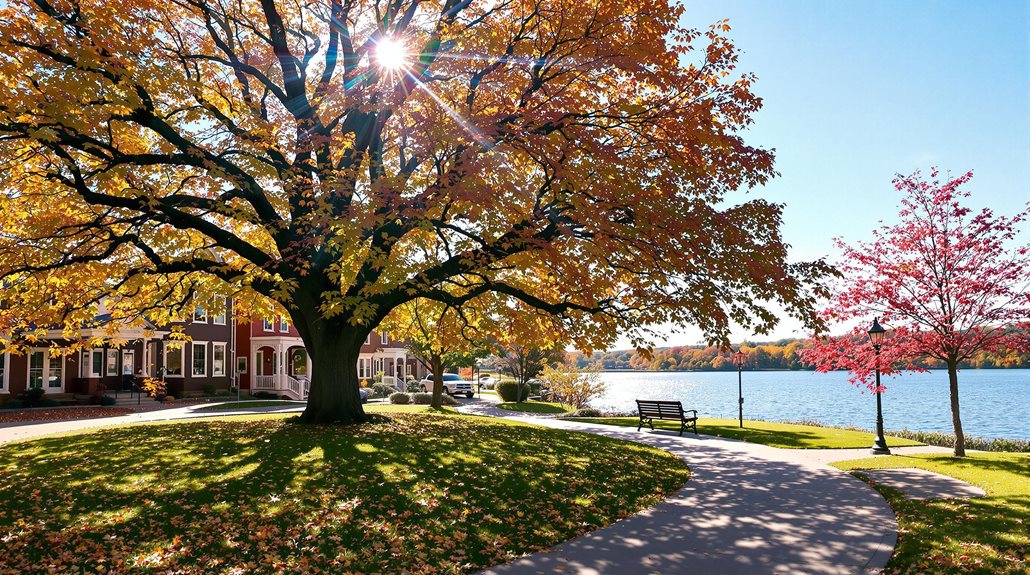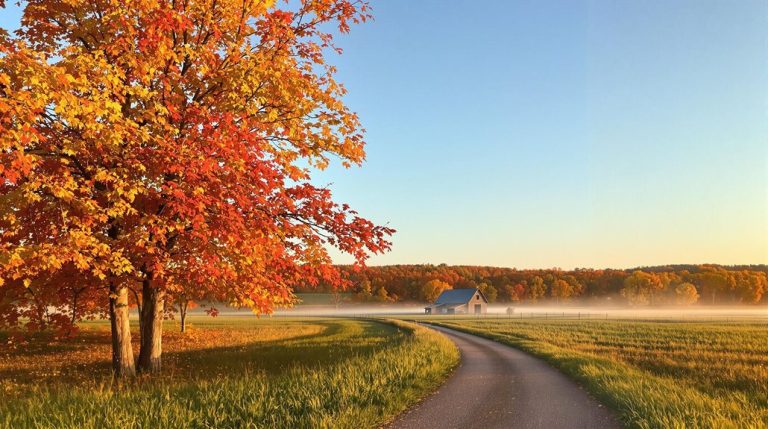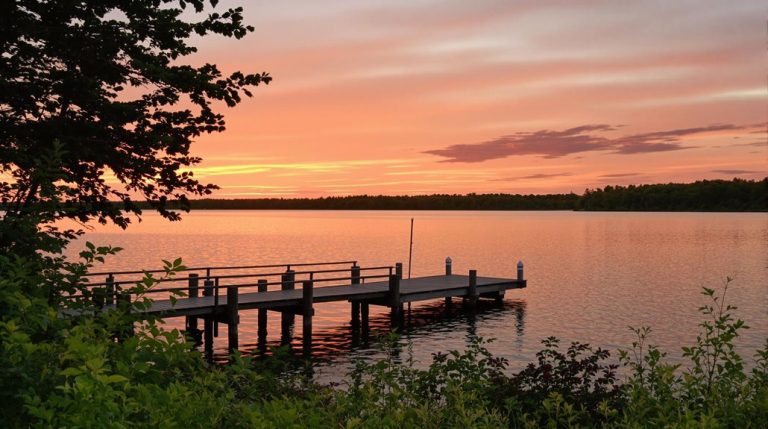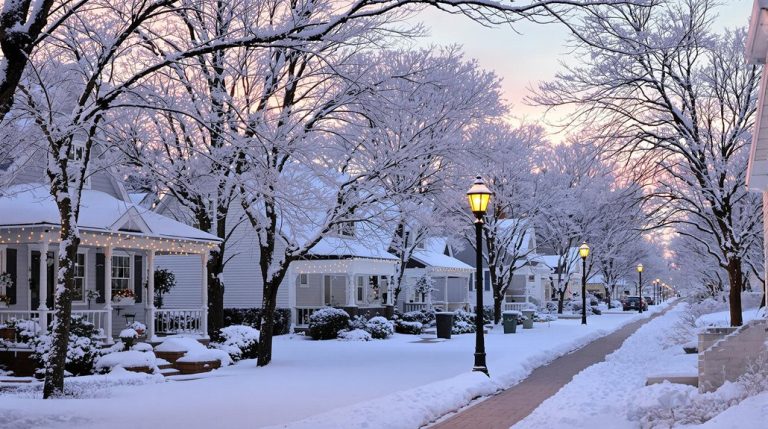Dayton MN
Dayton, Minnesota, originated in 1851 with the settlement of Dayton Township, named after Lyman Dayton. The area transformed from forests into agricultural land due to the U.S. Homestead Act, driving economic development. Today, Dayton combines industrial, retail, and construction sectors with a strong economy and scenic natural beauty along the Mississippi River. It holds a median household income of over $119,000 and a projected job growth rate exceeding national averages, offering a blend of natural charm and economic significance that attracts residents and businesses alike.
Expert Highlights
- Dayton, MN, was named after Lyman Dayton, a St. Paul real estate investor.
- The area transformed from forests to agricultural land due to the U.S. Homestead Act.
- Features a diverse landscape with forests, grasslands, and marshes.
- Median household income exceeds $119,000, with high job growth projections.
- Its geography includes former parks and natural areas like Central Park.
History of Dayton
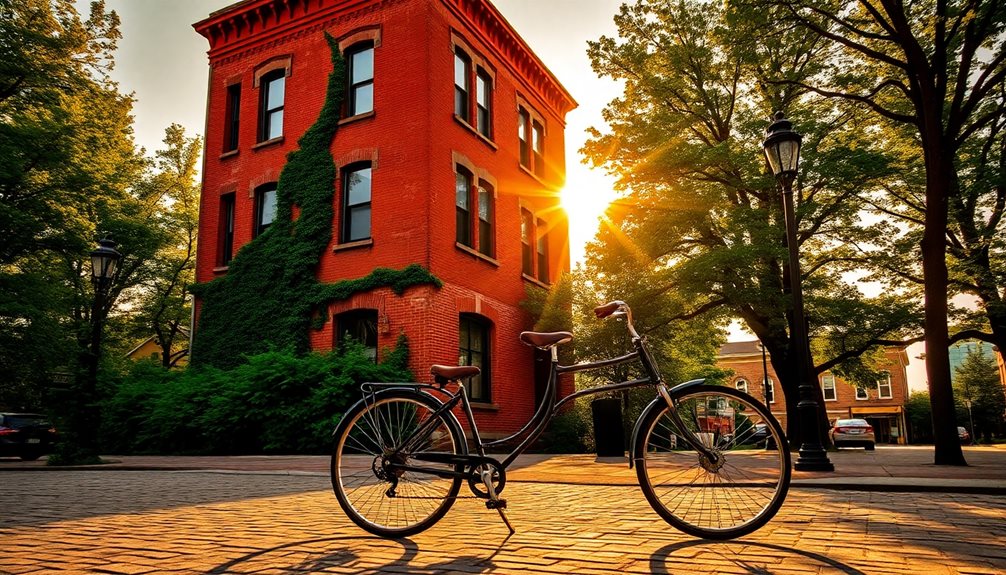
Dayton, Minnesota, has a rich historical background that dates back to the mid-19th century. Settled in 1851, Dayton Township was named after Lyman Dayton, a St. Paul real estate investor.
The area evolved from forests to agricultural lands, attracting settlers who were drawn by the U.S. Homestead Act, which granted five acres of land for free after homesteading for five years.
During winters, residents worked in pine forests to supplement their income, shipping logs to Minneapolis once the rivers thawed, thereby ensuring year-round economic activity.
Today, the city continues to grow while maintaining its natural beauty, with many residents enhancing their properties through custom-designed decks that complement the local architecture.
Geography and Climate
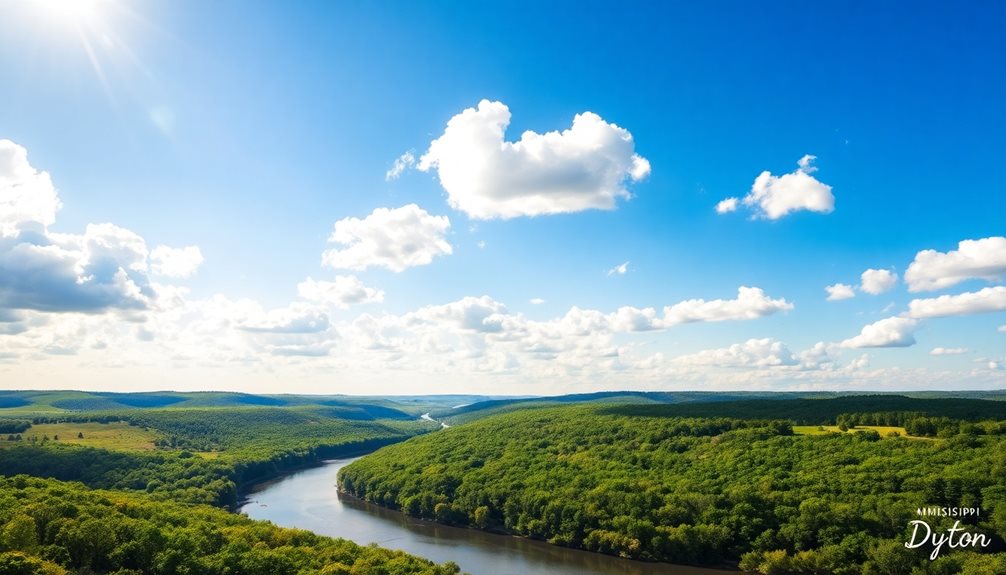
The geography of Dayton, Minnesota, features a diverse landscape that once included vast forests, grasslands, and marshes, which have since been altered to accommodate agriculture and residential development.
Dayton is situated in the St. Croix Outwash Plain ecoregion and classified under the humid continental climate zone.
Dayton’s climate is characterized by cold winters and mild summers. The area falls within USDA Hardiness Zones 5a and 4b, with average first and last frost dates in October and May, respectively.
Precipitation is significant, with an annual average of around 30 inches, complemented by about 50 inches of snowfall.
The region’s climate makes it ideal for installing composite decking materials that can withstand extreme temperature variations and heavy precipitation throughout the year.
Economic Overview
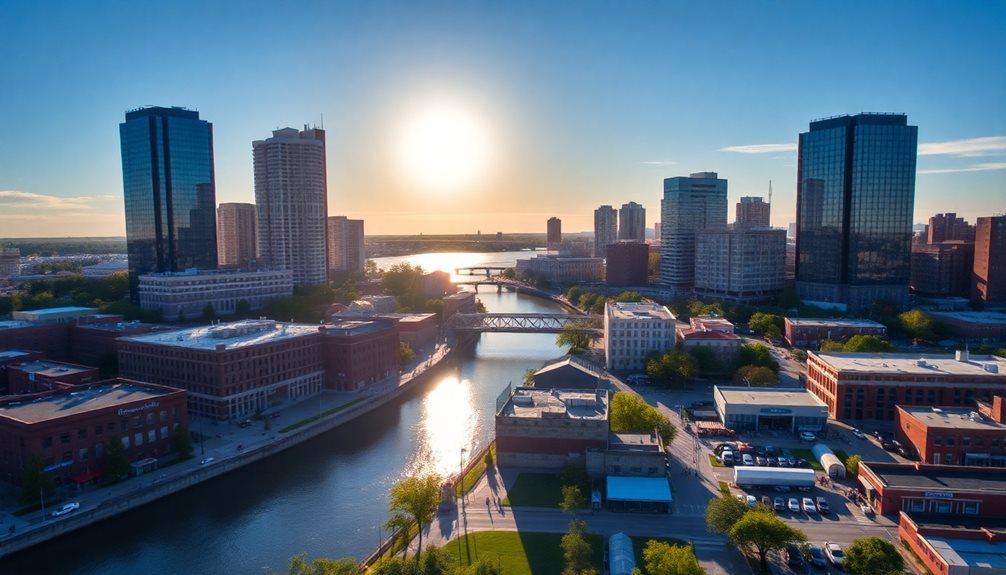
As suburban development continues to unfold, the economic profile of this Minnesota community is characterized by a robust combination of industrial, retail, and construction sectors, which collectively employ a substantial portion of its workforce.
Key economic characteristics include:
- Small business operations, primarily in services and local commerce.
- Construction growth, driven by new housing and commercial projects.
- Median household income exceeding $119,000 per year.
- Future job growth projected at 36.9%, higher than the national average.
Local contractors specializing in custom pergola construction have contributed to the area’s expanding outdoor living spaces market.
Community and Landmarks**
Residents and visitors alike find themselves drawn to the charming community in Dayton, MN, where an array of parks and natural landscapes provide ample opportunities for outdoor engagement.
Notable parks include Central Park and River Hills Park, which feature playgrounds, sports facilities, and picnic areas.
The community also benefits from its proximity to the Mississippi River, with neighborhoods like Riverwalk offering scenic views and walking trails, blending natural beauty with residential amenities.
This balance enhances the quality of life for residents.
Many homes feature custom porch decks that maximize outdoor living space while complementing the natural surroundings of the area.
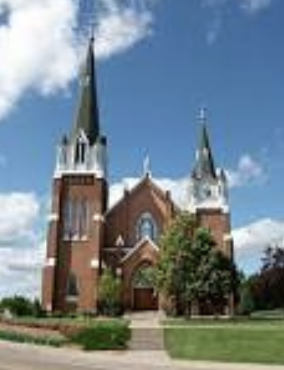 Expert Final Thoughts
Expert Final Thoughts
Dayton, Minnesota, reflects a blend of historical and geographical significance. Founded as an agricultural settlement around forests and marshes, its development was influenced by Minneapolis’s growth. The city boasts a rich French-Canadian heritage and strategic river locations. Economically, Dayton offers a progressive yet rural atmosphere, balancing natural resources with proximity to Twin Cities amenities, supporting a thriving community of approximately 7,262 residents as of 2020.

